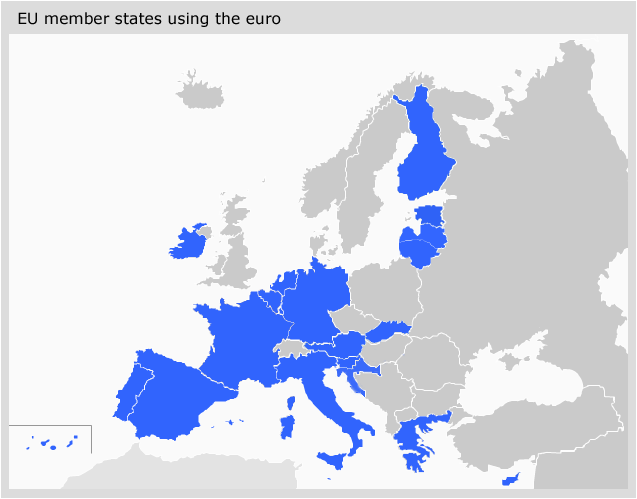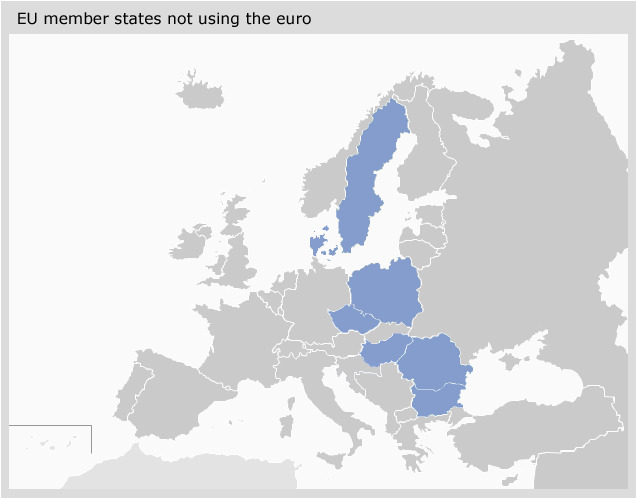On 31 December 1998, irrevocable exchange rates were fixed between the euro and the currencies of the Member States initially participating in the third stage of Economic Monetary Union (EMU).
On 1 January 1999, the euro was born as a currency and the Eurosystem - made up of the European Central Bank (ECB) and all the central banks of the euro area countries - was set up, tasked with conducting monetary policy in the new euro area.
This marked the beginning of a transition period, which ended on 1 January 2002 with the introduction of euro banknotes and coins and the withdrawal of national banknotes and coins.
During this adaptation period, the euro existed only as book money, used in the financial markets. Meanwhile, governments and companies put in place measures to adapt their accounting, display prices in dual currencies on the labels in businesses, etc. All of this was underpinned by a comprehensive communications plan aimed at familiarising the general public with the new banknotes and coins introduced into the system.
In 2000, the Council decided that Greece could join the euro area, which it did on 1 January 2001.
These years marked the beginning of the production of euro banknotes and coins. To facilitate the transition and physical entry of the euro on the scheduled date, central banks distributed part of the cash among commercial banks (around €144 billion) in advance so that these could, in turn, distribute them among retailers to avoid cash flow problems.
On 1 January 2002, the new currency began circulating. By 3 January, 96% of the automated teller machines in the euro area were already dispensing euro banknotes and, one week after the launch, over half of all cash transactions carried out were in euro.
National banknotes and coins stopped being legal tender on 28 February 2002; the euro had become the new currency for over 300 million citizens in 12 countries.
New euro area members
The euro became legal tender in Slovenia on 1 January 2007; in Cyprus and Malta on 1 January 2008; in Slovakia on 1 January 2009; in Estonia on 1 January 2011; in Latvia on 1 January 2014; in Lithuania on 1 January 2015; and in Croatia on 1 January 2023.

- EU Member States using the euro
- EU Member States not using the euro

